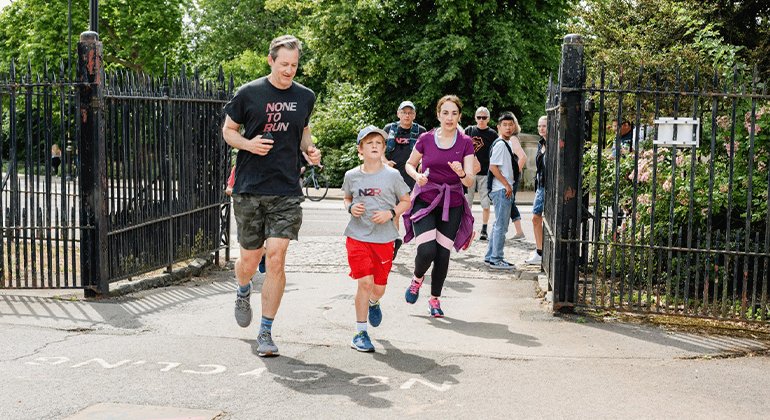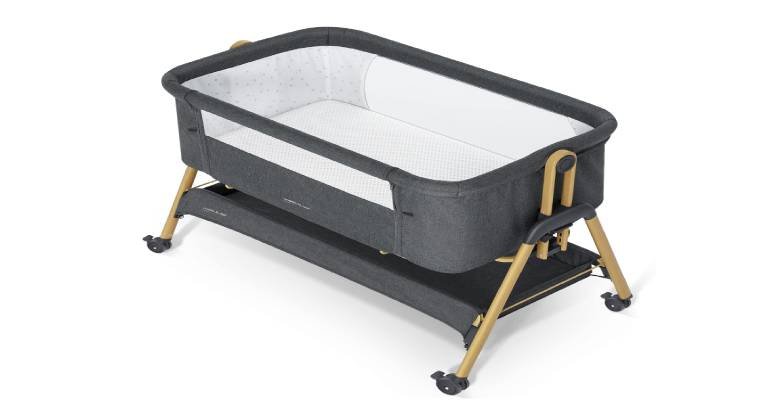- Beauty & Skincare
- Fashion
- Food And Drinks
- Health & Care
- Home & Garden
- LifestyleExplore stories and advice on living your best life. From personal growth to entertainment, dive into the latest in lifestyle trends and inspiration.
- Travel
- Beauty & Skincare
- Fashion
- Food And Drinks
- Health & Care
- Home & Garden
- LifestyleExplore stories and advice on living your best life. From personal growth to entertainment, dive into the latest in lifestyle trends and inspiration.
- Travel
Now Reading: From the Couch to the 5K
-
01
From the Couch to the 5K
- Beauty & Skincare//
- Fashion//
- Food And Drinks//
- Health & Care//
- Home & Garden//
- Lifestyle//Explore stories and advice on living your best life. From personal growth to entertainment, dive into the latest in lifestyle trends and inspiration.
- Travel//
- Home
- Health & Care
- From the Couch to the 5K
From the Couch to the 5K
SahilHealth & Care1 year ago21 Views

Need a little motivation and structure to boost your walking routine? Want to brush up on your workouts but not quite ready for a mud run? Then consider trying a Couch-to-5K program.
Dr. Adam Tenforde, medical director of the Spaulding National Running Center at the Harvard-affiliated Spaulding Rehabilitation Network and a sports medicine physician at Mass General Brigham Sports Medicine, offers tips on what to know and do before lacing up your sneakers.
What is a Couch-to-5K program?
These free or low-cost training plans are designed to help aspiring runners train for a 5K, about 3.1 miles. The programs are available online or as apps or podcasts. They typically include timed walking and running intervals that gradually reduce walking over a period of about nine weeks.

Why try a Couch-to-5K program?
“One purpose of a couch-to-5K program is to give you time to settle in and enjoy the benefits of running and the sense of accomplishment when you’ve safely covered a distance,” says Dr. Tenforde. Running offers many cardiovascular benefits, such as lower blood pressure and cholesterol, as well as increased well-being, he adds.
Additionally, adding even short bouts of running or other intense physical activity to a workout — a practice known as high-intensity interval training, or HIIT — appears to improve mental health, according to a study that summarized results from 58 randomized HIIT trials.
Ready to tackle a couch-to-5K program?
While couch-to-5K programs sound like they’re designed for totally sedentary couch potatoes, that’s not necessarily true, warns Dr. Tenforde. These programs often assume you can walk for 30 minutes straight, which isn’t true for everyone.
For some people, an even simpler, more gradual training program may be more appropriate. Also, remember that you don’t have to run to complete a 5K. Many of these runs encourage walkers to participate, too. You’ll still enjoy the other benefits of participating in a run, such as greater challenge and motivation—and potentially a stronger connection to your community. Many charitable “fun runs” benefit local schools or families in need. Some are held in memory of people affected by illness or tragedy. Visit Running in the USA to find 5Ks near you.

What to do before you start
If you’re planning to walk or run your first 5K, get your doctor’s approval before you begin training. This is especially important if you have or are at risk for heart disease.
Comfortable walking or running shoes are a smart investment. Shoes that are too old or too tight in the toe area can cause or worsen a bunion, a bony bump at the outer base of the big toe. Although people with flat feet or high arches need certain types of shoes, studies have found that neutral shoes (designed for normal feet) work well for almost everyone. Walk or jog around the store when you try on the shoes to make sure they feel good and fit properly.
You don’t need to buy special clothes; regular sweatpants or comfortable shorts and a T-shirt will do. However, women should consider a supportive sports bra.
Exercise slowly and steadily
Always incorporate a warm-up and cool-down into each exercise session—a few minutes of slow walking or jogging.
If you don’t exercise regularly, start with just five or 10 minutes of walking a day, three days a week. Or, if you already walk regularly, add a few short jogs to each walking session.
Gradually add minutes and days over the following four to six weeks.
Once you’re at 30 minutes a day, check how far you’re getting. Increase your distance each week until you reach 5 kilometers. Then, if you want, you can slowly incorporate more jogging and less walking into your route.
Remember, you can always repeat for a week. If you make slow, steady progress, you’re less likely to get injured. Pay close attention to your body and don’t overexert yourself, advises Dr. Tenforde. Former athletes who haven’t run in years may think they can pick up where they left off, but that’s not a smart move—they should also start low and take it slow.
A good guide to the journeyFrom the sofa to the 5k run, you’ll find this beginners’ program from the British National Health Service.

























